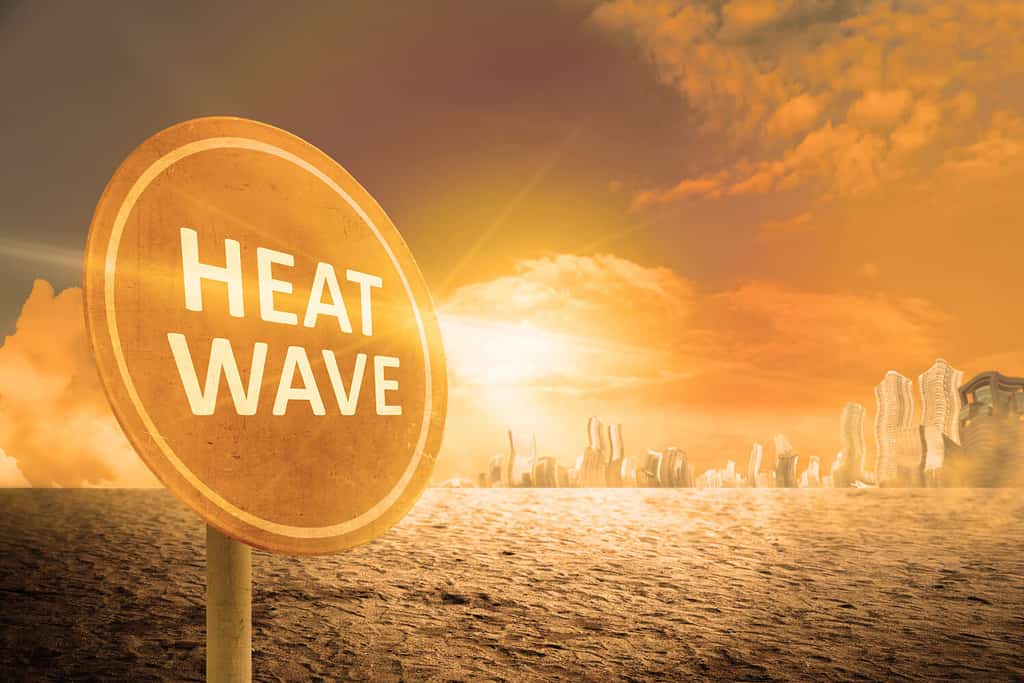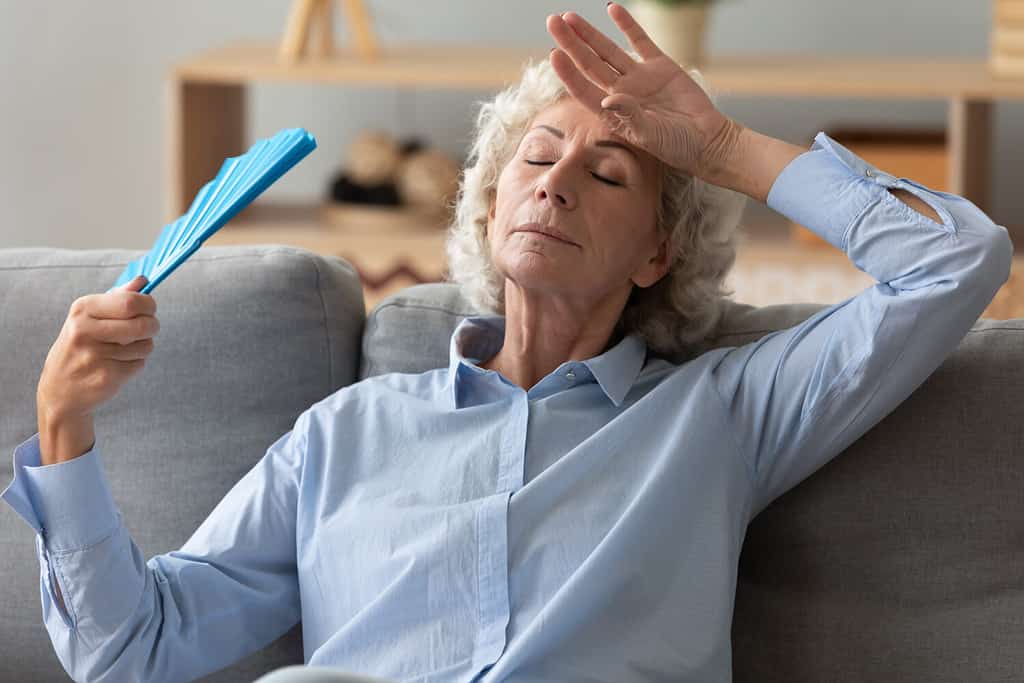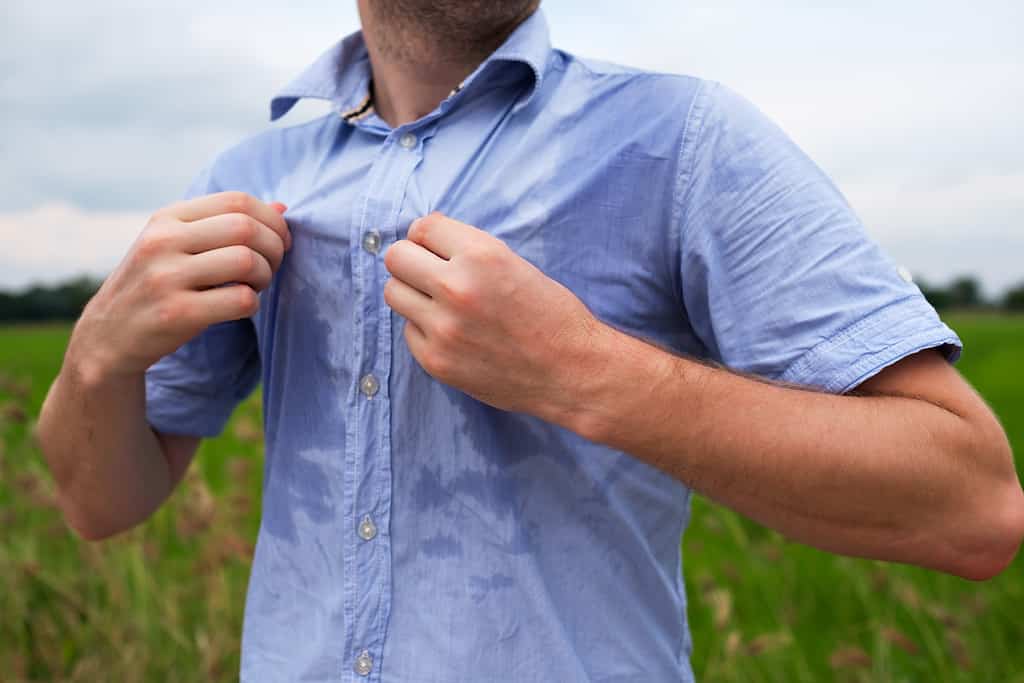November in Pennsylvania is generally moderate and pleasant. For example, temperatures in the city of Philadelphia typically fall somewhere between a high of 72°F (22°C) and a low of 25°F (-4°C). However, there are exceptions to this rule. The hottest November heatwave in Pennsylvania occurred in 1961 and brought temperatures that more rightly belong in July. Read on to discover Pennsylvania’s record-breaking November temperature and other weather extremes in the state.
The Hottest November Heatwave in Pennsylvania

The hottest November heatwave in Pennsylvania brought a high of 88°F to Washington County.
©leolintang/Shutterstock.com
The hottest November heatwave in Pennsylvania occurred on November 3, 1961. On this date, temperatures in Claysville, a borough in Washington County, soared to 88°F (31.1°C). Official state records go back to 1888, although a few stations have records going back even further. For reference, the hottest temperature on record in Pennsylvania at any time of year occurred on July 9th and 10th, 1936. On these dates, temperatures reached 111°F (43.9°C) in Phoenixville, Chester County.
Pennsylvania has also seen extremes on the other end of the scale. The state’s coldest November temperature on record occurred on November 29, 1930. On this date, the borough of Somerset in Somerset County saw a temperature low of -15°F (-26.1°C). The coldest temperature ever recorded in Pennsylvania was -42°F (-41.1°C) on January 5, 1904 in Smethport, McKean County.
Deaths or Injuries During the Hottest November Heatwave in Pennsylvania

People most at risk for heat-related illnesses and death are seniors and young children.
©fizkes/Shutterstock.com
In the United States, heat-related deaths are on the uptick, with the Centers for Disease Control and Prevention (CDC) reporting over 1,700 fatalities throughout the country in 2022. An average of 700 people die every year in the nation from heat-related causes. Although there are no records of deaths related to the November 1961 heatwave in Pennsylvania, other heatwaves in the state have proved to be deadly. For example, the “Dust Bowl” heatwave of July 1936, which produced Pennsylvania’s record high, killed approximately 5,000 people nationally.
How Do People Die from Extreme Heat?
Death from extreme heat is called hyperthermia, the opposite of hypothermia (death from extreme cold). Hyperthermia causes the body to overheat to the point that it creates more heat than it can release. This results in heat-related illnesses like heat cramps, heat exhaustion, and heat stroke. Symptoms are most severe for people over the age of 65 and under the age of four.
Common symptoms of heat-related illnesses include:
- Increased breathing and heart rate
- Low blood pressure
- Dizziness or fainting
- Headache
- Blurred vision
- Fatigue
- Weakness
- Muscle cramps
- Nausea or vomiting
Environmental Impact of Heatwaves

Environmental impacts of heatwaves include droughts, which damage crops and cause water scarcity.
©Jack Lambert/Shutterstock.com
The environmental impact of extreme heat waves is enormous. One of the most common consequences is drought, a severe lack of precipitation. The resulting water scarcity and crop failure can be deadly and cause lasting harm to the environment and the economy. In addition to this, wildfires typically increase during a drought due to the dry conditions. Even air quality is impacted as the air stagnates and fails to diffuse pollutants.
What to Do in Extreme Heat

During a heatwave, hydrate, avoid unnecessary exertion, and wear light, loose clothing.
©RealPeopleStudio/Shutterstock.com
There are several things people can do to alleviate the effects of extreme heat. These include:
- Staying out of direct sunlight or enclosed spaces that are likely to get hot
- Taking shelter in air-conditioned buildings
- Avoiding strenuous or unnecessary physical activity
- Working during the cooler parts of the day
- Hydrating amply with water, broth, or sports drinks
- Swimming in cool water
- Wearing light, loose garments
- Wearing a broad-rimmed hat
Never leave children or pets alone in a hot car during a heatwave. The temperature in such a small, confined space can easily turn deadly in minutes.
The photo featured at the top of this post is © Ed Connor/Shutterstock.com
Thank you for reading! Have some feedback for us? Contact the AZ Animals editorial team.







